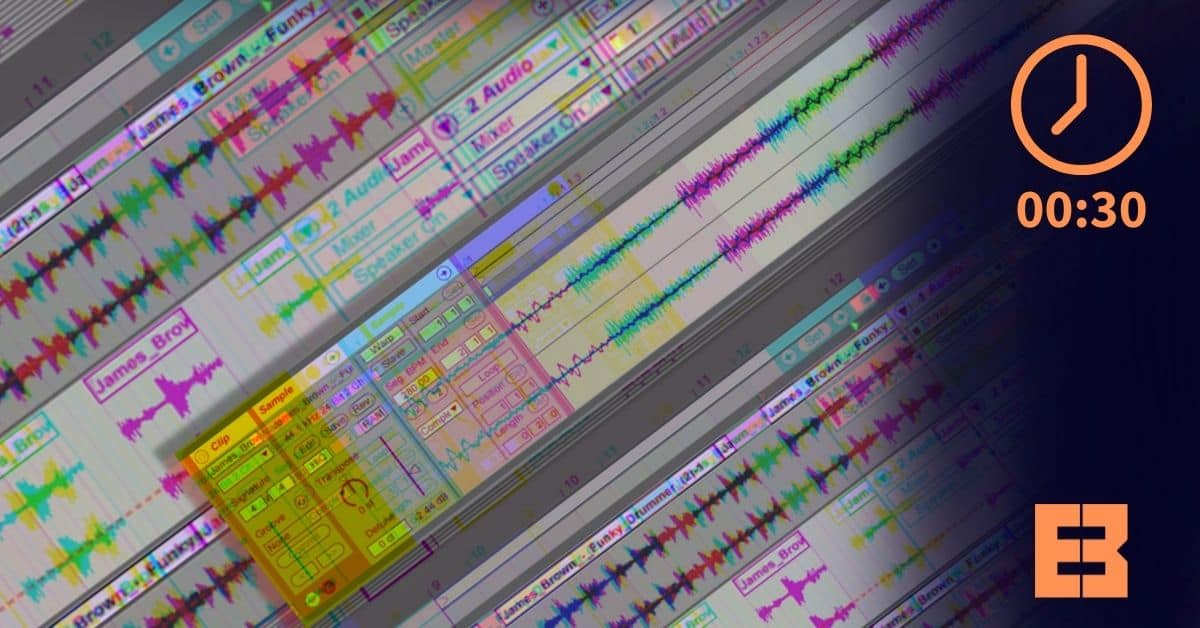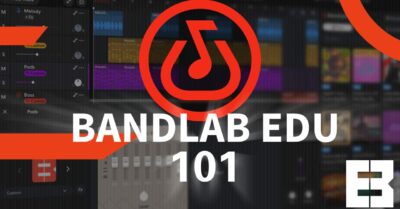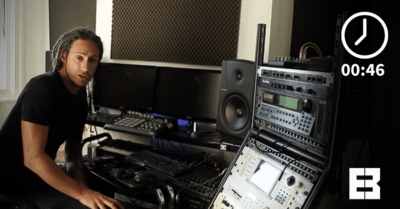Multi-genre producer Ekula delivers a half-hour course on everything you need to know to start working with breaks, looking at basic techniques used for adding variation right through to complex signal routing, sends and compression.
In the first video, Ekula introduces ideas around cutting, reversing and duplication as a means of adding variety to a break loop, before expanding on this idea in the second video with time-stretching and pitching (alongside how to achieve particular effects with these techniques). All of these ideas are shown with Ableton stock plug-ins primarily, before an alternative time-stretching process is demonstrated with the Akaizer app.
The third video moves onto slightly more complicated techniques that involve parallel processing with delay units: Ekula demonstrates a few personal favourites, including “stagger” / “judder” type effects with automated short-time delays alongside dubwise effects with a palette of longer-duration ping-pong delays. The first idea is demonstrated with the Ableton stock “simple delay”, whilst the latter showcases the Waves H-Delay Stereo plug-in which allows for modulation, filtering and lo-fi touches.
Finally, Ekula demonstrates how to cleanly layer breaks on top of other breaks, before explaining how to use external percussion samples to ‘punctuate’ important hits within a break. The EQ basics that accompany this, alongside the parallel compression and signal routing that goes into making a final drum bus are then explained to tie everything together.
The first few videos deal with the ‘Funky Drummer’ sample, performed by Clyde Stubblefield for James Brown in 1969, whilst the final video also includes the ‘Think Break’ – performed by John ‘Jabo’ Starks for the 1972 Lyn Collins recording “Think (About it)”, which was also written and produced by James Brown.
Course Features
- Lectures 6
- Quiz 0
- Duration Lifetime access
- Skill level All levels
- Students 14
- Assessments Yes
Curriculum
- 1 Section
- 6 Lessons
- Lifetime
- 6
- 1.1Processing Breakbeats – Part 1: Introduction & Agenda30 Minutes
- 1.2Processing Breakbeats – Part 2: Cutting, Reversing & Doubling30 Minutes
- 1.3Processing Breakbeats – Part 3: Stretching & Pitching30 Minutes
- 1.4Processing Breakbeats – Part 4: Delays30 Minutes
- 1.5Processing Breakbeats – Part 5: Layering & EQ30 Minutes
- 1.6Processing Breakbeats – Part 6: Summary & Challenge30 Minutes
Leave A Reply
You must be logged in to post a comment.






![Beginner production WEB Beginners Music Production Course [FREE Software Bandlab]](https://www.educationandbass.online/wp-content/uploads/2020/04/Beginner-production-WEB-400x209.jpeg)
2 Comments
Refreshing to see a different break being processed 😉
It’s the same techniques regardless of the break sample tbf! If you’d like to learn about the names of more break samples and where to find them I can certainly help though 🙂